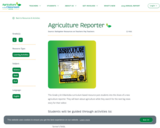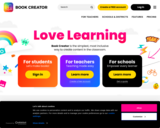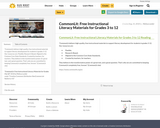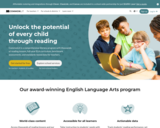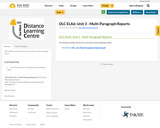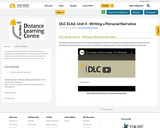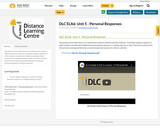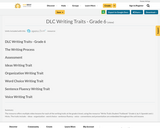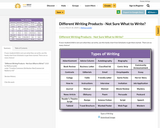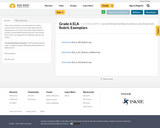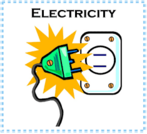This resource examines the biodiversity and the complexity of the various life forms that make up Canadian forests. The emphasis is on helping students appreciate the relationships and interdependence of all species in this ecosystem. Students learn how they can affect forests and understand ways to preserve and maintain their diversity. Themes include biotechnology, natural and introduced pests, species at risk, habitat loss and fragmentation, protected areas, climate change and traditional indigenous knowledge. Lessons can be summarized as follows:
Lesson One- It's What Inside That Counts ( 1x90min)
Students learn the basics of biodiversity by studying the arrangements of fauna and flora in a field investigation of the schoolyard. Teams will visit three assigned "habitat" sites and record living and non-living components. After discussing results, students are asked to create a poem or story about living in one of the habitat sites.
Lesson Two- Too Hot, Too Cold,...Just Right ( 2x45min)
This lesson focuses on how climate change impacts population numbers. After a discussion on how climate changes are driven by human activity, students are guided through a role play simulating the effects of rising temperatures on Arctic, Mid-latitude and Tropical biomes. After a wrap-up with discussion questions, students are asked to write a short story on an assigned topic.
Lesson Three- What Our Elders Say (1x60min, 1x90min)
After looking at how a Canadian Aboriginal legend relates to biodiversity, the students read and perform a play based on the "Legend of The Sky Sisters". Students then write their own legend incorporating an environmental message.
Lesson Four- Barrier To Biodiversity (2x60min)
After reviewing as a class how human activity can lead to habitat loss and fragmentation, students have to write and present stories in the form of a power point presentation, poster, public service announcement or skit describing how individual plants or animals are subject to, and respond to, stress in their habitat.
Lesson Five- Off Limits (4x45min)
Students investigate officially protected areas and create a class newspaper that contains articles which focus on the role of protected areas in helping maintain diversity. In this exercise they explore the social, economic, and environmental impacts of protected areas.
Lesson Six- To Be Or Not To Be (2x60min)
Students work in groups to produce a "species at risk" game board which focuses on the habitat impacts of: change/modification, over-exploitation of resources, poorly regulated commercial harvest, disruption of migration routes/breeding behaviors, contamination, and the introduction of exotic species.
Lesson Seven- Unwelcome Guests (2 x 60min)
Students develop a "Futures Wheel"(a graphic description of the inter-relationships and impacts of a single decision or event) focusing on exotic and invasive species in Canada.
Lesson Eight- Timberland ( 1x90min)
A role playing activity is used to show how biotechnology can be used as a tool to help maintain forest biodiversity. Using a timber-theft crime story students will complete a report (including a CSI sheet and victim profile) to assist them in understanding techniques used in biotechnology.
This resource can easily be adapted to include no technology.


